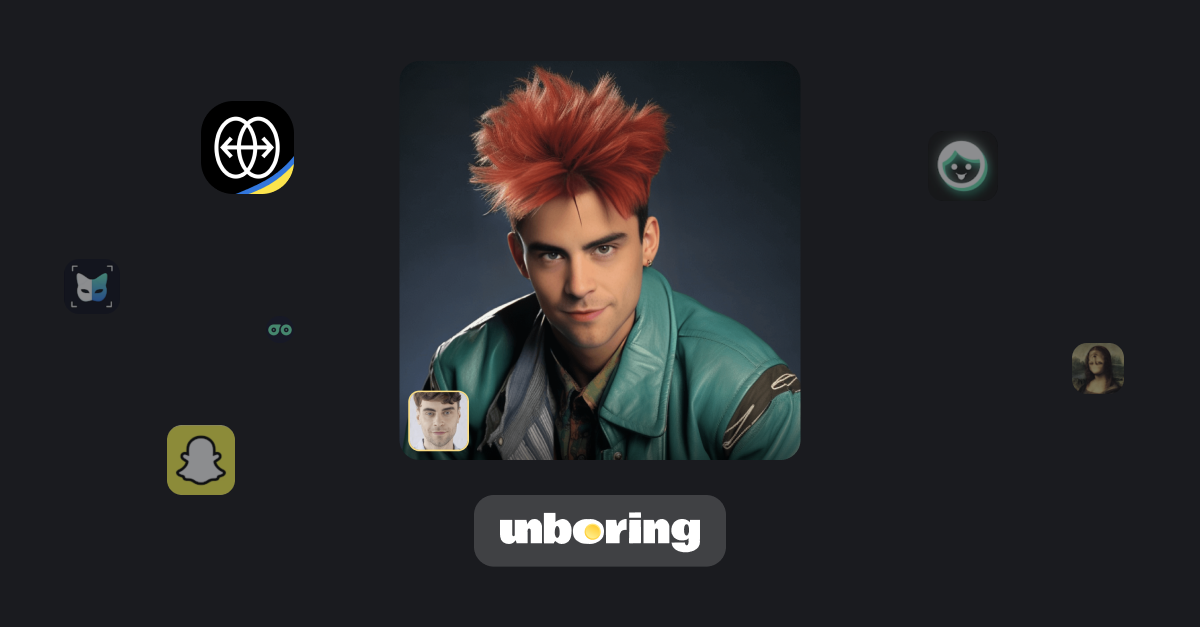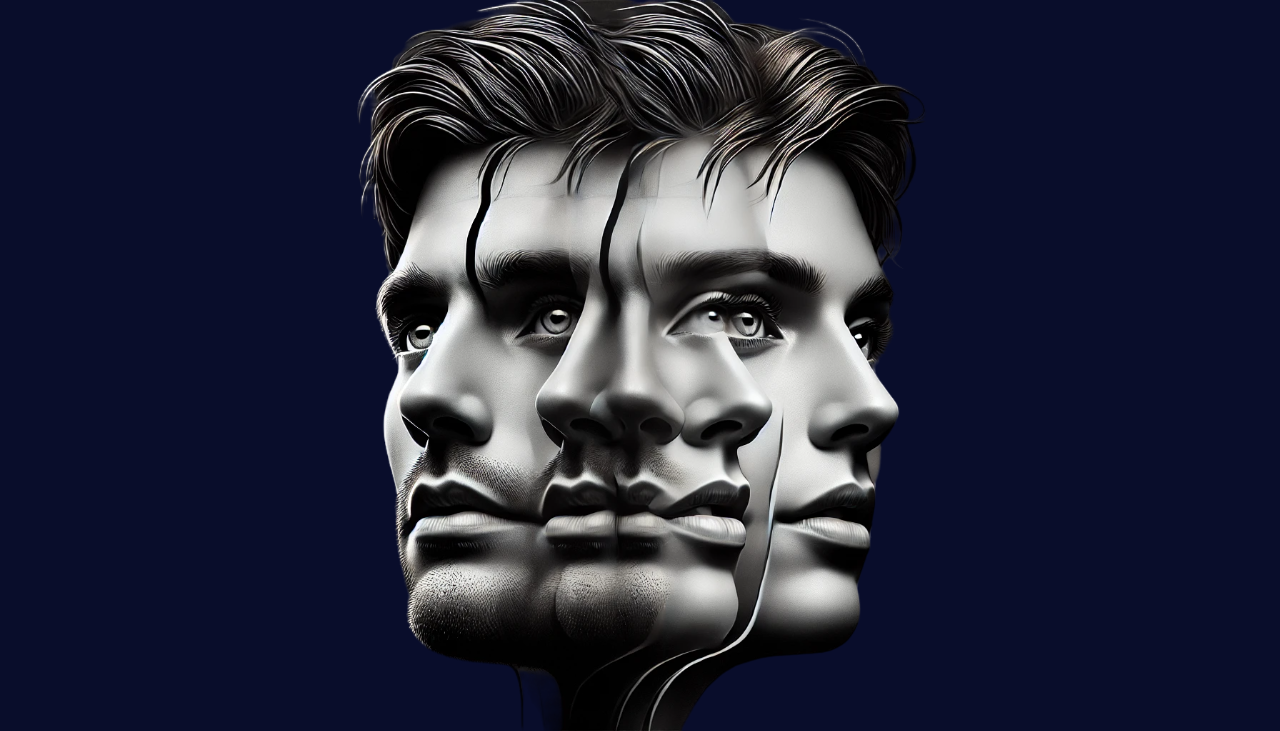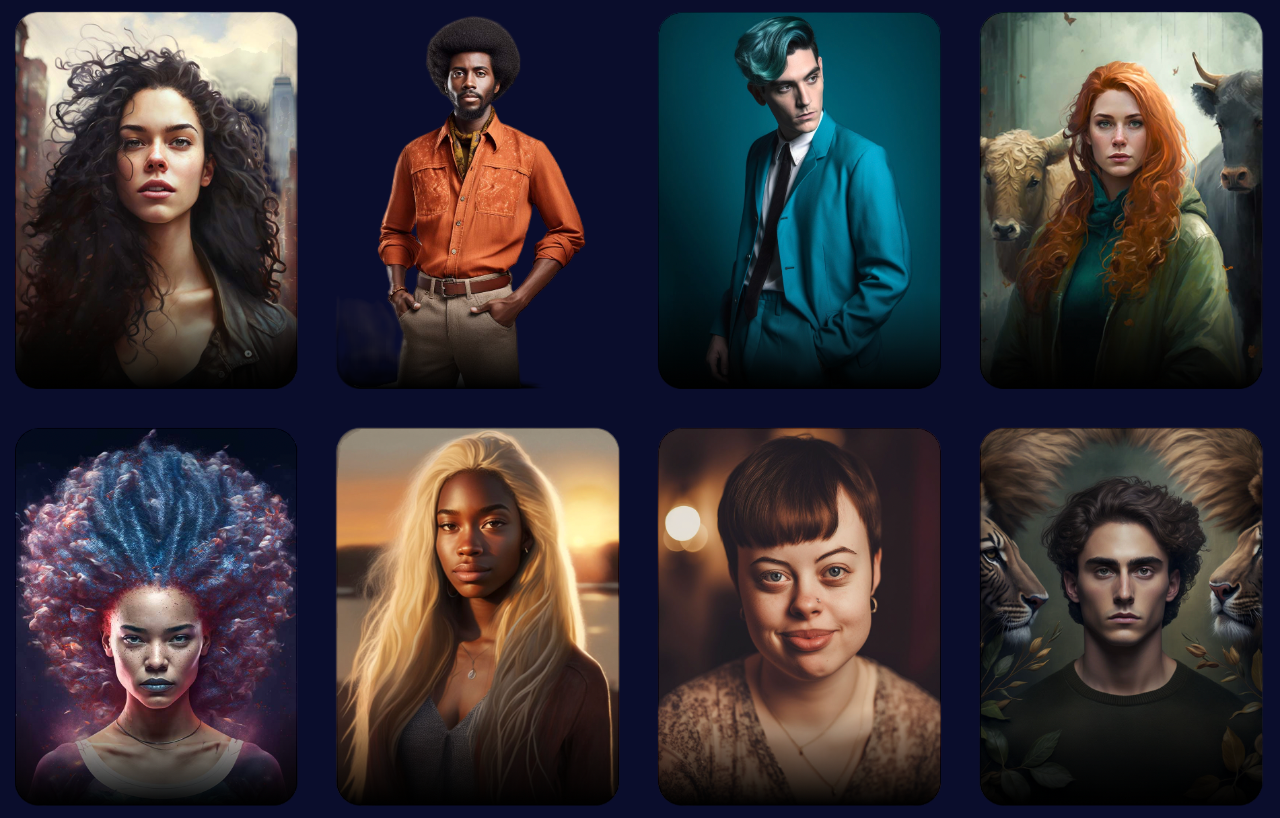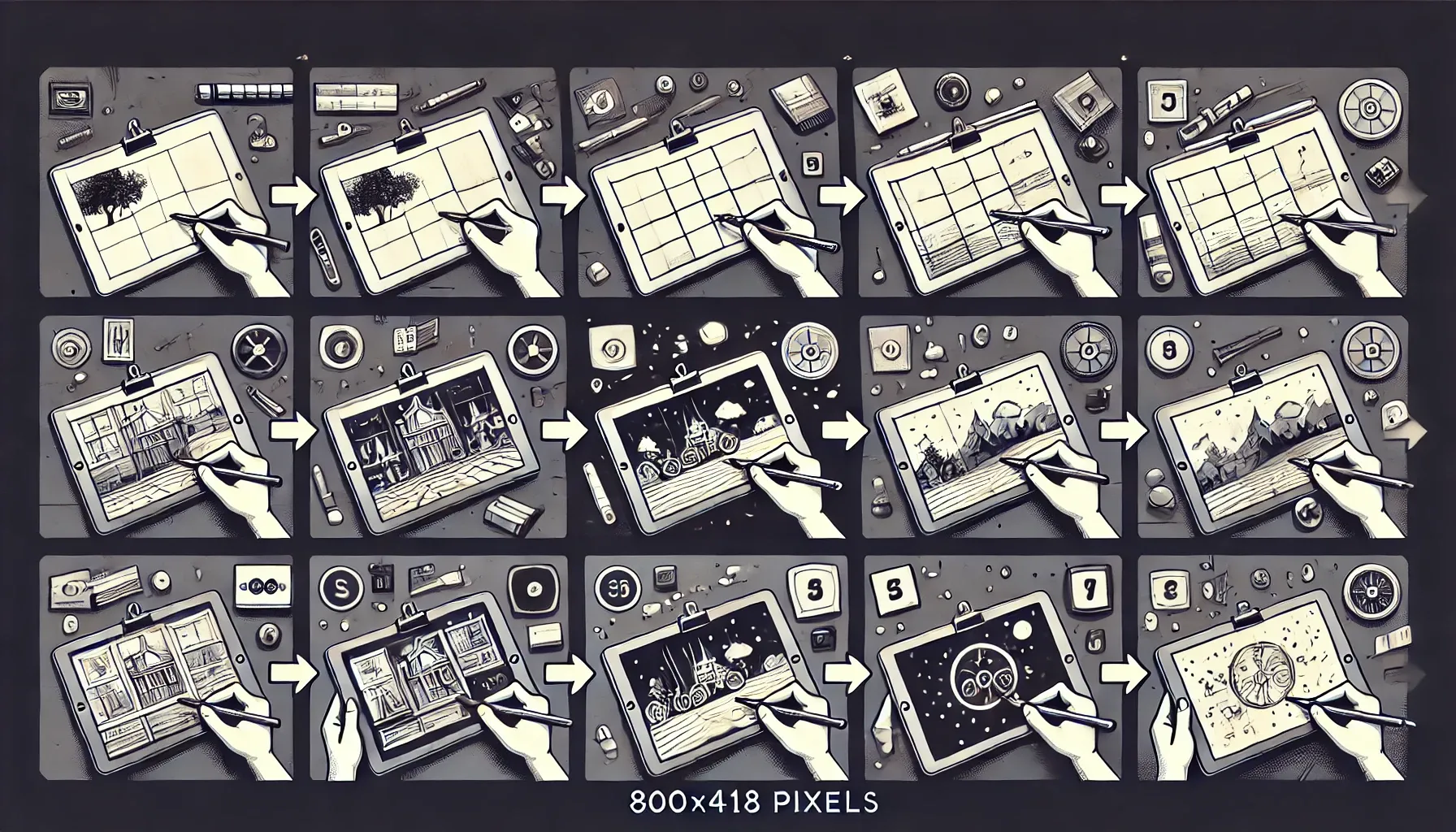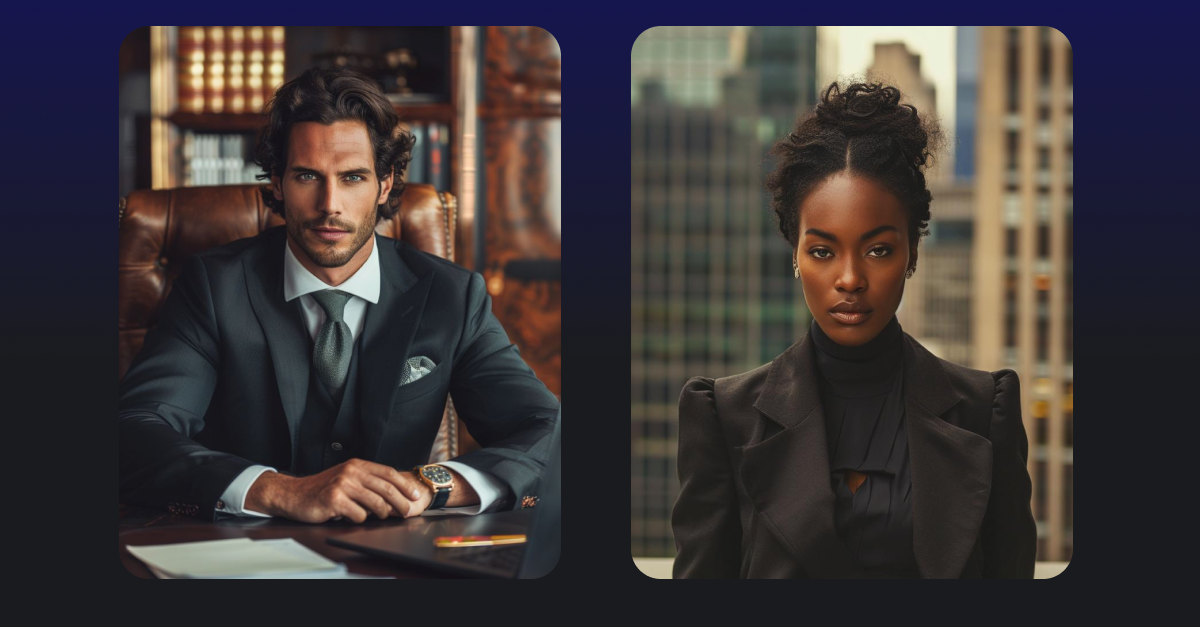Is The World No Longer Afraid Of Synthetic Media?
15+ positive examples of synthetic media usage in art, business, fashion and social projects
A hundred years before deepfakes and photoshopping, two girls from Cottingley village in Yorkshire tricked Sir Arthur Conan Doyle into believing their manipulated photos were real. Until the end of his days, the famous writer believed in fairies and even wrote a book about them.
Earlier, back in the 1860s, Boston photographer William H. Mumler did the same. This guy made a fortune with his fake photos of ghosts.
And this is how the very first electronic computer looked. Yeah, 30 tons of hardware. One of its initial tasks was a mathematical model of a thermonuclear explosion. Times have changed, though.
Hello, virtuality
It took a long time for humankind to create hyperreality, but it has become commonplace today. Since then, computer processing power has grown by a trillion times (and computers themselves have gotten far smaller). Creating incredible synthetic images and videos is now not only possible to do manually, but can also be done with the help of AI.
Your grandma makes TikToks with special effects and a synthesized voice; your stories are boring without AR filters; recommendation network algorithms select personalized content for you based on your interests; and digital assistants plan your day. Is this heaven?
Not yet, but reality is being replaced by virtuality. Creating and manipulating media content and sharing it in the virtual world is our new form of self-expression. Synthetic media technologies have only really taken off in the last decade, though.
What happened?
Synthetic media skyrocketed in the late 2010s with the launch of deep learning apps. Google's DeepDream, released in 2015, was an early example of using ML to create psychedelic landscapes and patterns on images.
In 2016, another popular app, Prisma, allowed users to transfer the style of famous artists to photos using a neural network.
Soon after came the Obama deepfake in 2018, and fake porn videos with the faces of famous actresses, which cast a pall over the reputation of synthetic media.
But, at the same time, deepfakes have never been just about porn and deception. There is a whole industry around this technology today and it is continuing to develop.
AI seeps into our lives
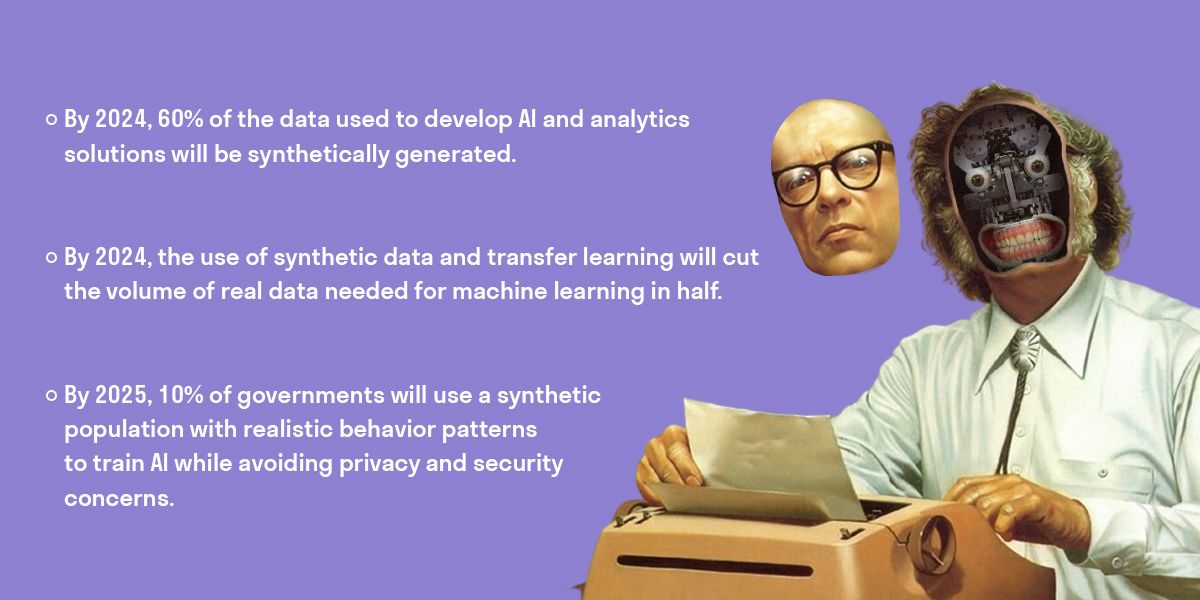
Not all deepf***s are dirty
Although the synthetic media space has primarily grown thanks to deepfakes, this market has also expanded with synthetic environments, music synthesis, text generators, voice synthesizers, and more!
The word “deepfake” has taken on a clearly negative connotation, but the technology behind it should be seen as a technology or tool. The technology itself has a lot to offer and has benefited many in the world.
Get what you need
The philosopher Mick Jagger once said, “You can't always get what you want.”
But if we set the pirates who use deepfakes for dark deeds aside, we can appreciate the new skills and creativity synthetic media can bring. These can help you at work, boost your business, and just let you have fun!
🎥 On the big screen
CGI techniques have long been used in cinema, from creating environment graphics to overlaying faces — remember a fresh Sean Young in Blade Runner 2049 or Carrie Fisher brought back to life in the Star Wars film Rogue One? Deepfake technology has proved a worthy addition to the CGI toolbox.
Lucasfilm even hired popular YouTuber Shamook who used deepfakes to tweak Luke Skywalker’s ‘Mandalorian’ VFX. The short video with the de-aged Jedi got over 3 million views.
In March 2021, the Ukrainian animated film “Gulliver Rerturns” burst into Berlinale. The viewers were able to feel and see themselves as animation heroes, by swapping their faces into the movie trailer with the help of Reface.
Warner Bros is not far behind. The studio asked a synthetic media startup, D-ID, to promote its new movie, Reminiscence, starring Hugh Jackman. The new website allows anyone to upload a photo and turn it into a moving deepfake sequence in a short promotion clip.
D-ID has also collaborated with MyHeritage, a genealogical platform that helps you explore your roots. Users can upload old family photos to the database and animate them.
📊 Helping business
Nvidia recently inserted a virtual copy of its CEO into part of a keynote speech.

In 2018, BBC’s BlueLabs partnered with Synthesia to show what personalized weather forecasts would look like, even in different languages. TV host Matthew Amroliwala usually leads the forecast in English, but the synthetic model allowed him to talk about the rain in Spanish, Mandarin, and Hindi.
In 2019, developers at Amazon scanned Snohomish County in Washington down to the centimeter to create twin simulation environments, and began testing their new delivery bots with new simulations. All day, all night.
👨👨👧👦 Social projects
To draw attention to the deaths of political journalists in Mexico, the advertising agency Publicis revived the Twitter accounts of murdered reporters and used deepfake technology to recreate their voices in videos where the dead journalists talk about their work and deaths.
Another evocative deepfake is a 2020 HBO documentary about LGBTQ people. “Welcome To Chechnya” tells the story of people who were illegally detained, tortured, and discriminated against in Chechnya because of their orientation or gender. Volunteers allowed their faces to be filmed to cover the faces of the anonymous survivors so they could safely share their stories.
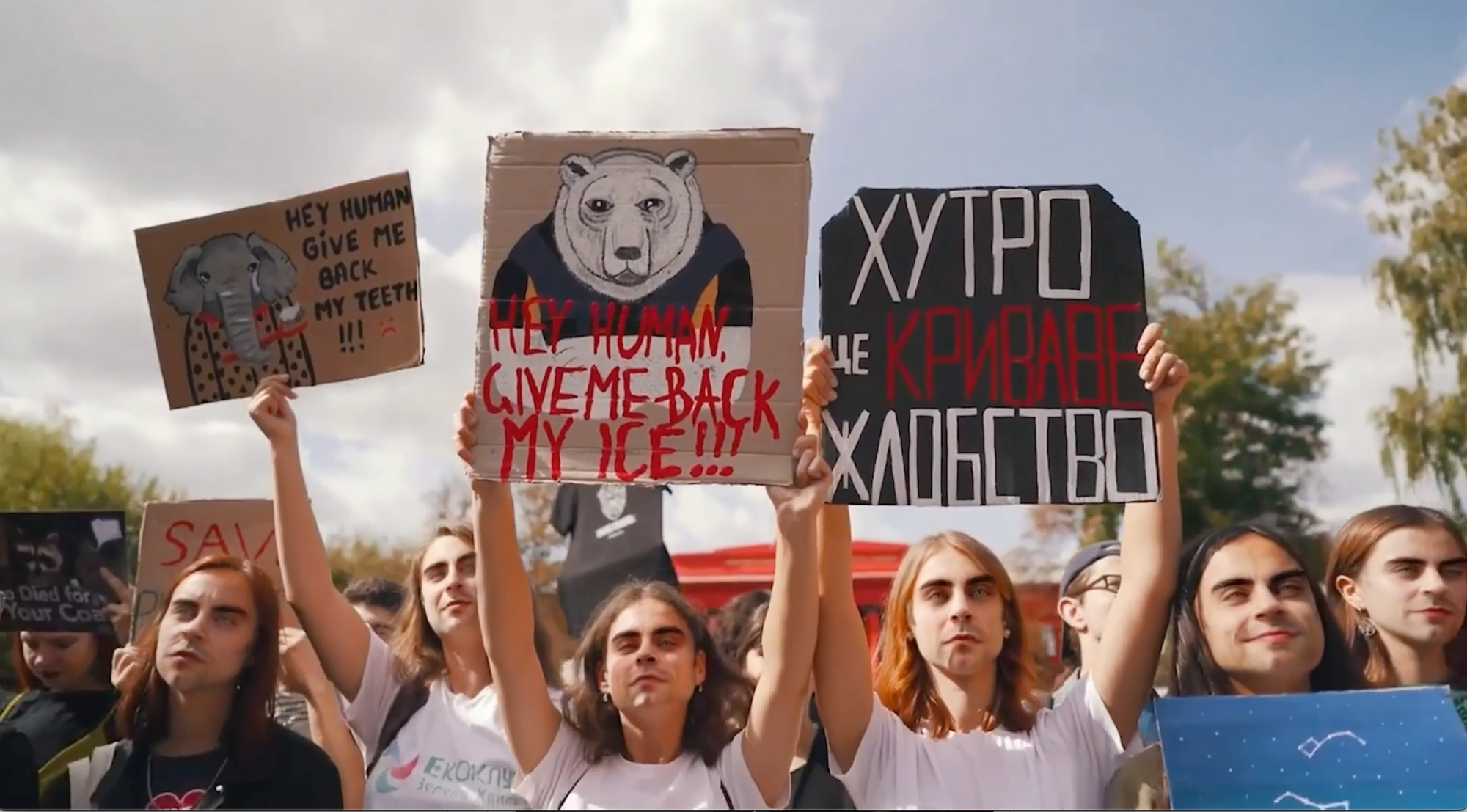
A first-ever AI march against animal cruelty was organized by non-profit organization UAnimals together with Reface app. Due to COVID, an offline event was canceled, but face-swap tech helped to make it digital. People could see their faces on videos from the march and participate without physical presence.
👘Сlothes that don't exist
Artist Robbie Barrat used AI to generate a deepfake of a Balenciaga runway show
• This looks sort of like a button up shirt windbreaker combo - I'd wear it.
— Robbie Barrat (@videodrome) August 22, 2018
• A black jean and sweater all in one piece. unknown if the sweater is made of jean material too, hahaha.
• Shaped coat pic.twitter.com/5ALk6qXYXR
The fashion market is slowly switching to digital clothing. Among these pioneers are the world's first digital fashion brand, The Fabricant, and the Ukrainian virtual clothing startup, DressX. To make a purchase, you upload a photo of yourself and the digital print of a garment is placed on it. Done! Impossible to wear it in real life, but it’s ready to publish on social media.
🤖 Digital Humans
Let's clarify one thing. Digital humans as technology don't quite fit into synthetic media as a category. It’s better to call them a kind of conversational AI, rather than AI-generated media.
But some parts of the tech stack of these wonderful creatures, like their voices and virtual appearance, clearly involve elements of synthetic media.
For example, Amazon Polly speech synthesis, Aflorithmic, Lyrebird, Sensei by Adobe, and WellSaid Labs may well be considered synthetic media (as well as language models like GPT-3) and can absolutely help a business grow.
- Chinese virtual influencer Ling debuted in May 2020
- The brand’s voice: Frank is an artificial person from Samsung
🎊 For fun
Gone are the days of thiscatdoesnotexist. Welcome to a small sect in which fans add Nicolas Cage to movie scenes in which he never acted
There are also many sites where people can find their doppelgängers. These platforms use artificial intelligence and machine learning to highlight similar faces in photos uploaded by users.
- Digital Andy Serkis performs Shakespeare’s Macbeth
- Last year, the app Endel released an endless lullaby based on AI as part of a collaboration with Canadian singer Grimes.
And what?
Despite all these positive examples of using synthetic media (and we mentioned only the most interesting among recent ones), the media coverage of this topic remains 95% negative. We believe it's time to change the conversation around synthetic media and to focus on the real business value it is generating today.

